New Mexico’s highways stretch across dramatic landscapes where the desert meets mountains, creating the perfect canvas for oddities and attractions that catch travelers by surprise. The Land of Enchantment lives up to its name with roadside curiosities that range from otherworldly to downright bizarre.
Here is a list of 15 quirky roadside stops that make driving through New Mexico an adventure in itself.
The Zuhl Museum – Las Cruces
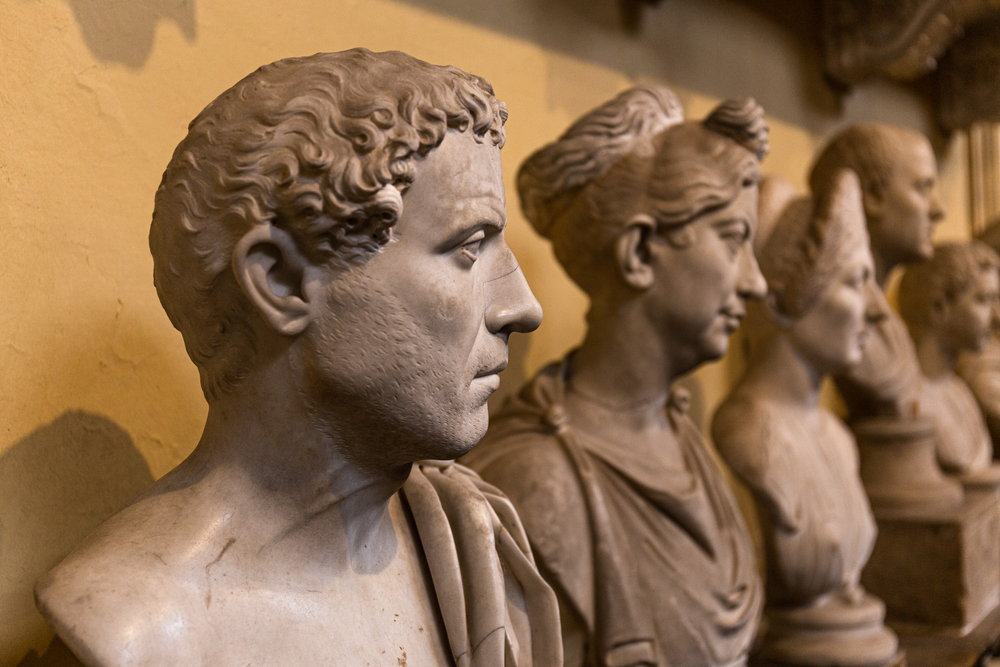
While New Mexico has many geological marvels, the Zuhl Museum combines art, science, and the unexpected. Known as the “Museum of the Impressive,” this hidden gem on the New Mexico State University campus houses a spectacular collection of petrified wood, minerals, and fossils.
The centerpiece: ancient trees transformed into rainbow-hued stone sculptures that seem too surreal to be real. The contrast of ancient life frozen in glittering minerals against a university hallway setting adds an oddly enchanting quality perfect for a roadside surprise.
UFO McDonald’s
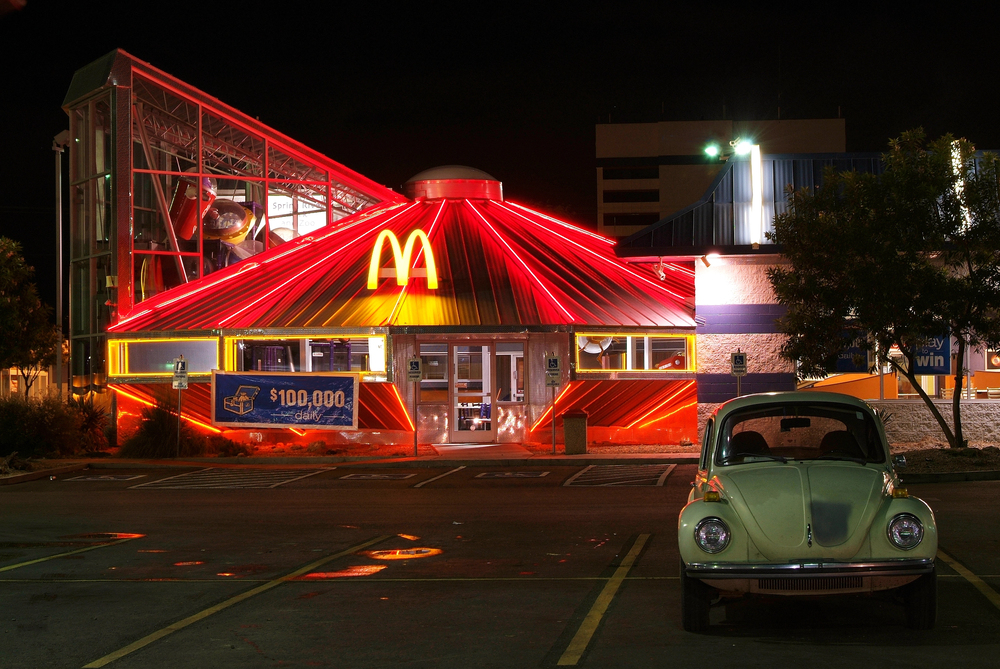
Roswell embraces its alien reputation with the world’s only flying saucer-shaped McDonald’s. The exterior resembles a spacecraft with glowing lights and a futuristic design that stands out dramatically from the typical golden arches. Inside, space-themed decorations continue the extraterrestrial experience while serving up the same familiar menu.
Night visits offer the best experience when the neon lights create an otherworldly glow against the dark desert sky. The building has become a destination in itself rather than just another fast food stop.
Like Travel Pug’s content? Follow us on MSN.
The Lightning Field
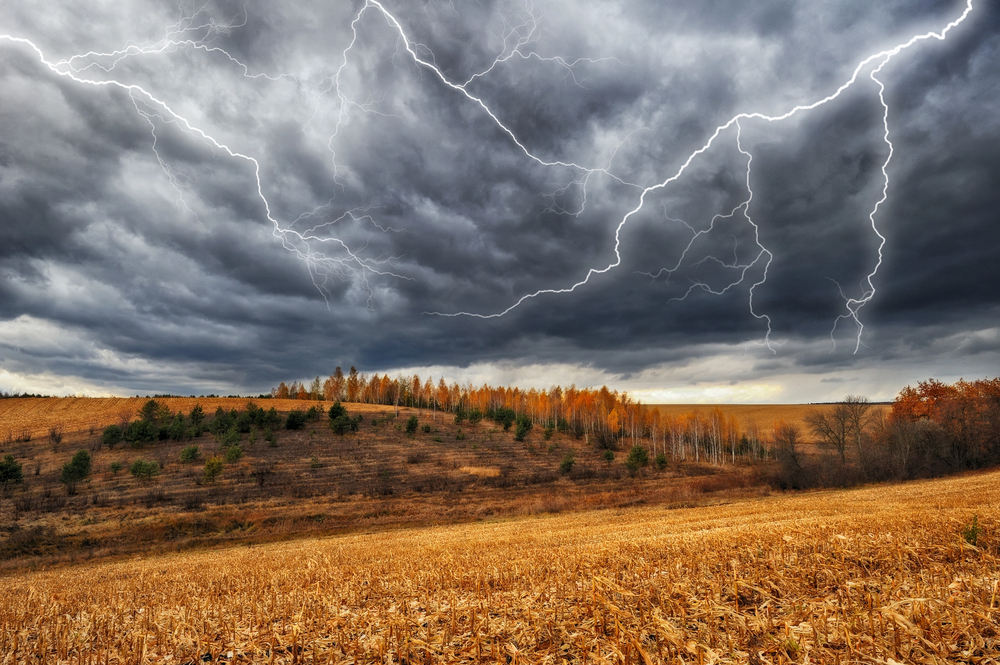
Near the small town of Quemado stands an art installation unlike any other—400 polished stainless steel poles arranged in a grid across a mile of remote desert. Created by sculptor Walter De Maria, these metal rods attract lightning strikes during storm season, creating spectacular natural light shows.
Visitors must book overnight stays months in advance to witness this rare combination of art and nature’s power. The isolation adds to the experience, with no other structures visible across the vast high desert plateau.
ako’s Trading Post

Tucked along Route 66 in Tucumcari, this trading post offers an immersive glimpse into the authentic Southwest with its weathered wooden façade and dust-covered treasures. The shop’s interior hasn’t changed in decades, packed floor-to-ceiling with Native American pottery, vintage cowboy gear, and turquoise jewelry.
The elderly owner shares stories about the highway’s golden era while customers browse. The creaky wooden floors and scent of leather and sage evoke a sensory time capsule of the old Southwest.
The Musical Highway

Between Tijeras and Albuquerque, a specially designed stretch of Route 66 plays “America the Beautiful” when drivers maintain exactly 45 mph. Engineered with carefully spaced rumble strips that vibrate at specific frequencies when tires roll over them, this musical road creates a surprisingly clear melody.
The best results come from driving with windows down and the radio off, allowing the highway itself to become an instrument. Engineers spent months perfecting the spacing to account for different vehicle types and speeds.
Like Travel Pug’s content? Follow us on MSN.
The Spaceship House

Standing in Albuquerque’s northeast heights, this private residence shaped like a flying saucer perched atop stilts has become an unofficial landmark. Built in the 1970s during the height of space-age architecture, the round metal structure with porthole windows resembles something straight from a sci-fi film.
While not open to the public, pulling over for photos has become a tradition for those driving past. The current owners have embraced their home’s celebrity status, occasionally adding extraterrestrial decorations during holidays.
Tinkertown Museum
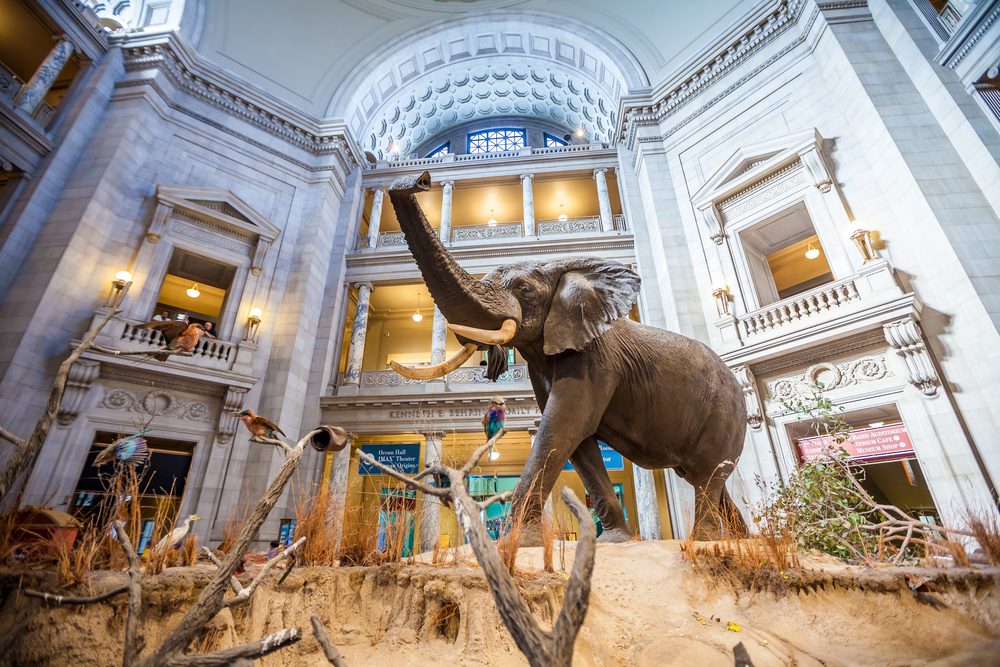
Just east of Albuquerque in the Sandia Mountains, Ross Ward’s lifetime of miniature carving created this extraordinary collection of tiny animated figures, circus scenes, and Western towns. The museum itself is constructed from over 50,000 glass bottles embedded in cement, creating walls that glow with colored light on sunny days.
Every corner reveals another handcrafted wonder, from a tiny fortune teller who delivers cards for a quarter to elaborate miniature circuses with moving parts. Ward’s decades of roadside collecting also fill the space with antique oddities.
Giant Roadrunner Sculpture
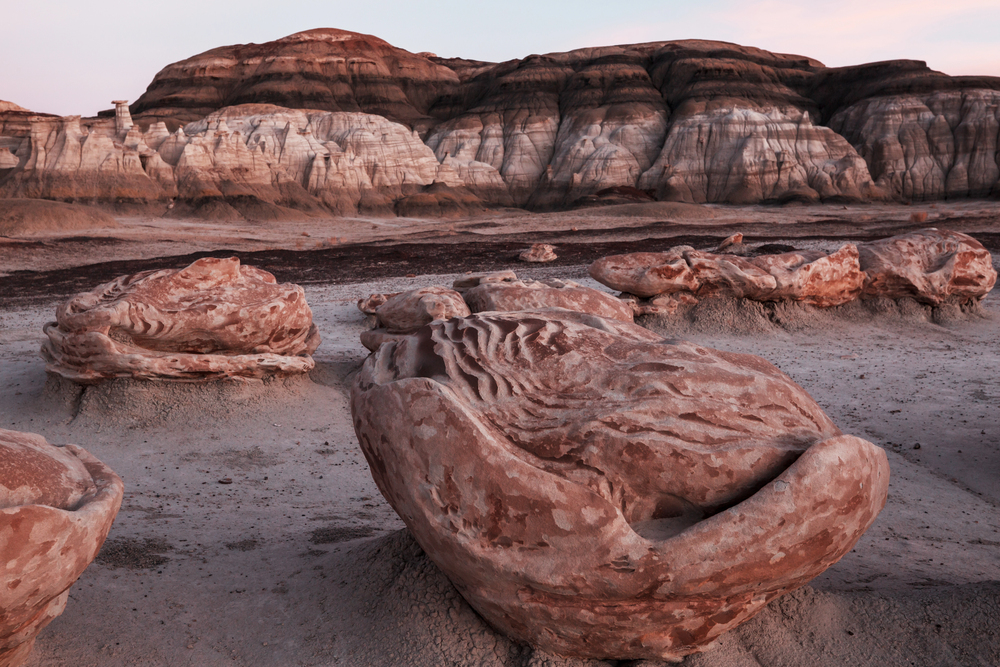
Constructed entirely from discarded items collected from the local landfill, this 20-foot-tall roadrunner stands as Las Cruces’ tribute to recycling creativity. The sculpture’s body incorporates old shoes, broken toys, computer parts, and countless other objects that would otherwise be trash.
From a distance, the piece perfectly captures the iconic bird’s silhouette against the desert sky. Closer inspection reveals hundreds of fascinating individual items that reward patient observers with an environmental message about consumption and waste.
Like Travel Pug’s content? Follow us on MSN.
Classic Gas Museum – Embudo
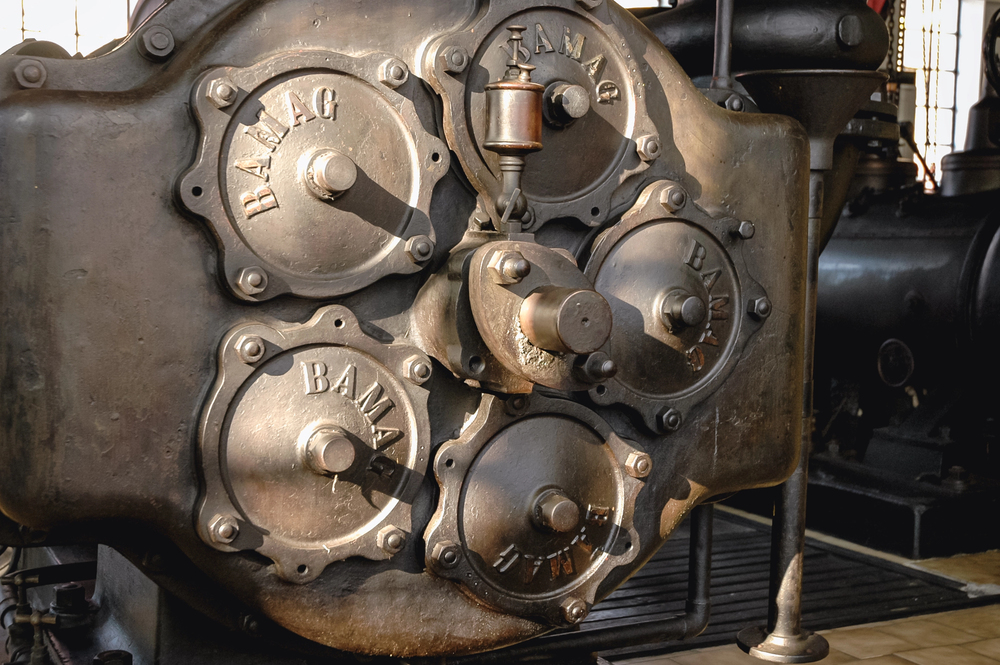
Nestled between Taos and Española along the High Road, the Classic Gas Museum is a vintage Americana fever dream. Its ramshackle outdoor collection includes antique gas pumps, rusty neon signs, 1950s memorabilia, and quirky roadside ephemera arranged with artistic flair.
The museum blurs the line between junkyard and folk art installation, inviting curious travelers to explore and photograph a perfectly preserved slice of road trip nostalgia. Admission is free, and the owner often shares stories that are just as wild as the collection itself.
Three Rivers Petroglyph Site
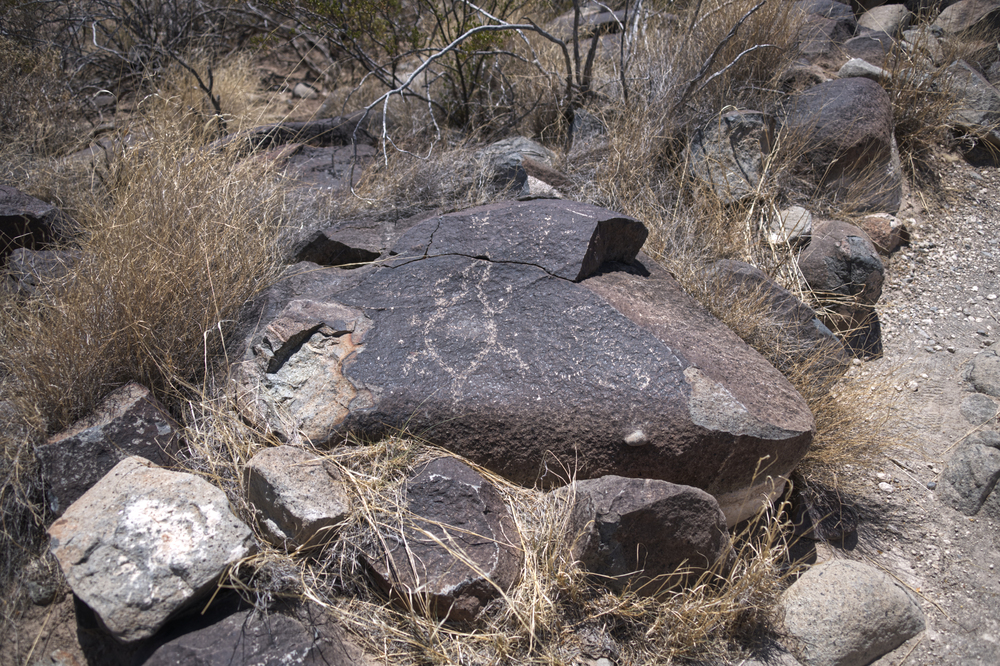
Unlike many archaeological sites where rock art requires long hikes to view, this extraordinary collection features over 21,000 ancient carvings easily accessible from the road. The short trail loops past hundreds of symbols, animal figures, and mysterious designs created by the Jornada Mogollon people around 900 years ago.
The black desert varnish on light rocks creates a striking natural contrast that has preserved these images for centuries. The sheer concentration of petroglyphs makes this stop particularly rewarding, with new carvings visible with each step.
The Camel Rock
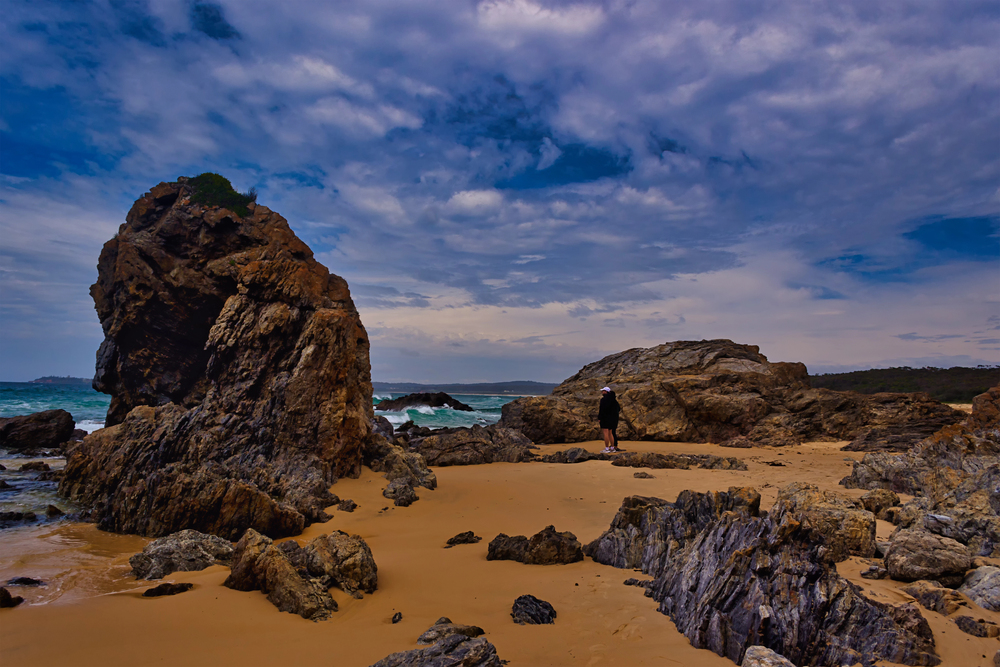
Nature’s sculptural power created this remarkable formation resembling a sitting camel, complete with a distinctive hump and head. Located along Highway 285/84 near Tesuque Pueblo, the sandstone formation stands as a testament to the erosive forces that shaped New Mexico’s landscape over millions of years.
Native American legends attribute the formation to various origin stories involving mythological beings. Morning light brings out the formation’s golden hues, making sunrise the ideal viewing time for photographers.
Like Travel Pug’s content? Follow us on MSN.
Valley of Fires
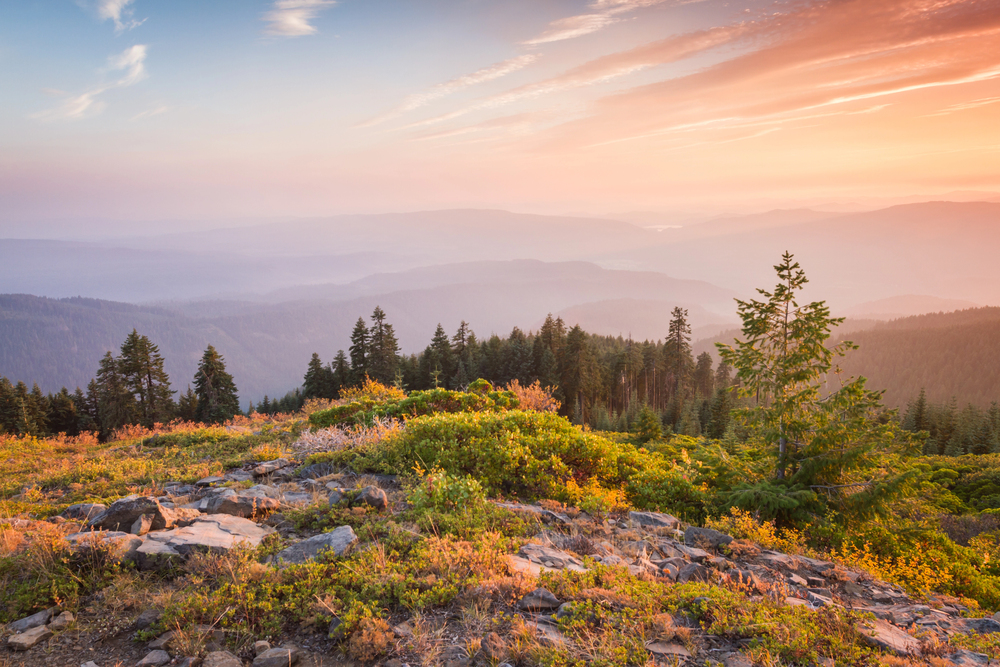
A massive lava flow created this strange landscape near Carrizozo approximately 5,000 years ago—practically yesterday in geological terms. The 45-mile-long river of black rock represents one of the youngest lava fields in the continental United States, with strange formations resembling twisted ropes and bubbles frozen in time.
The contrast between black basalt and the surrounding tan desert creates a dramatic visual divide. Plants have slowly colonized the harsh terrain, growing from cracks and demonstrating nature’s persistent reclamation of even the most inhospitable environments.
The Shoe Tree

hundreds of pairs of shoes thrown into its branches by travelers. No one knows exactly when or why the tradition started, but the spectacle has grown over the decades as visitors add their footwear to the collection.
Cowboy boots, sneakers, and even formal shoes dangle from nearly every branch, creating a bizarre silhouette against the sky. Local legends suggest various origins, from commemorating the end of hikes to memorializing loved ones.
The Hat Ranch
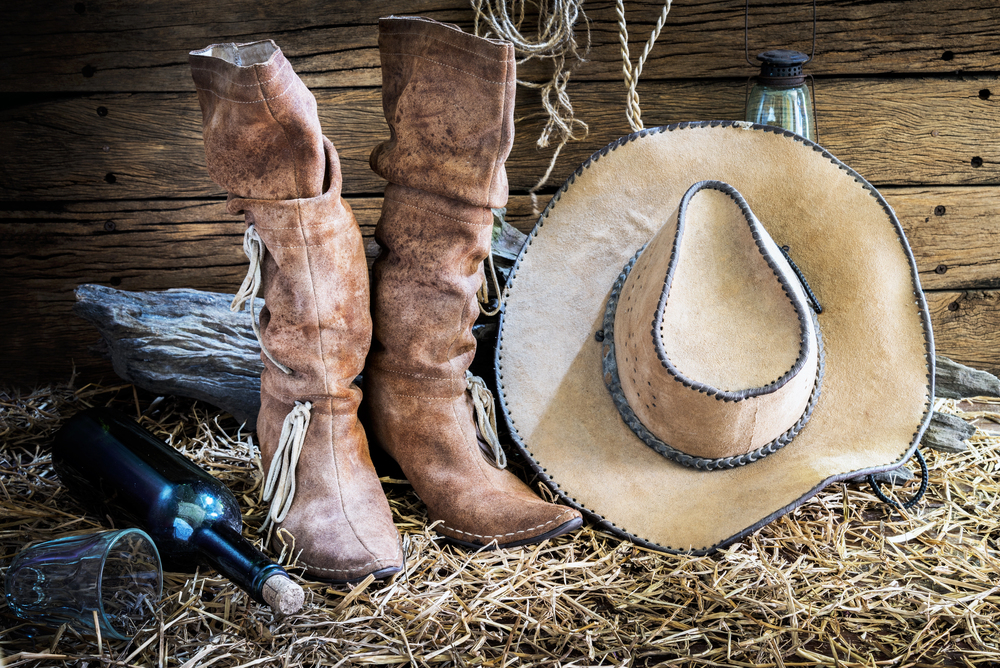
Just outside Raton, wooden posts topped with hundreds of weathered cowboy hats line the entrance to this working ranch. The tradition began decades ago, when cowboys would leave their worn-out hats behind after working a season. Now, the collection has grown into an unofficial monument to the ranching lifestyle.
The elements have bleached and warped the hats into sculptural forms that trace the history of Western headwear styles. During windy days, the hats sometimes appear to nod in unison, creating an eerily animated effect.
Like Travel Pug’s content? Follow us on MSN.
Fort Sumner’s Billy the Kid Grave
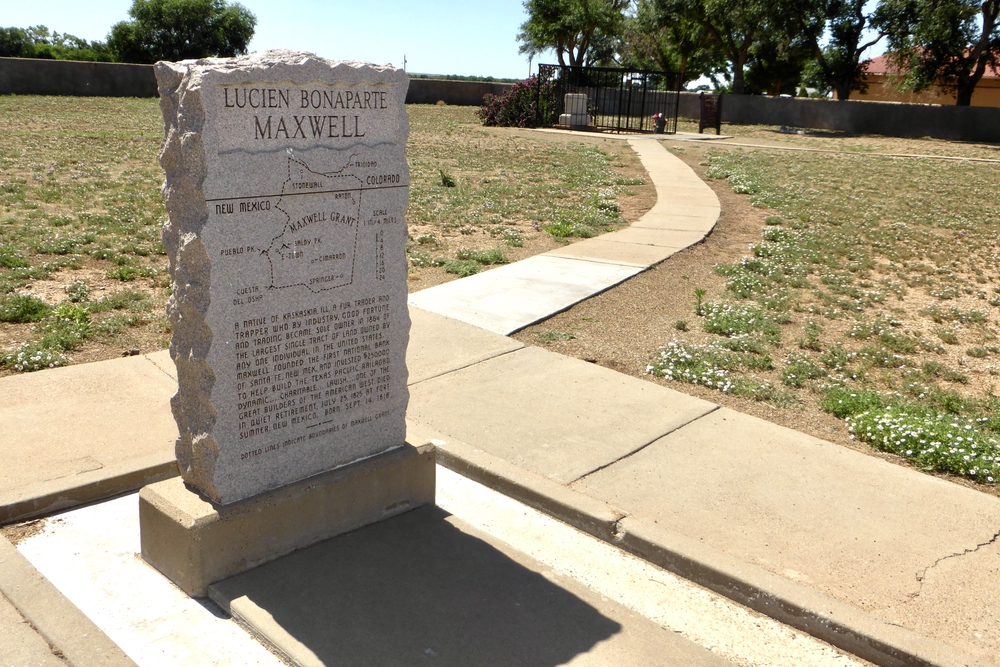
While many historic sites feel sanitized for tourism, this small grave site retains its frontier authenticity with a simple marker surrounded by a metal cage to prevent souvenir hunters. The controversial outlaw’s burial place has been stolen and relocated multiple times throughout history, adding layers of lore to the already mythologized figure.
A nearby museum houses unusual artifacts related to Billy’s short life, including items purportedly carried during his final moments. The humble site stands in stark contrast to the outsized legend it commemorates.
The Significance of Roadside Oddities

These quirky attractions represent more than just brief diversions from long drives—they embody the independent spirit and artistic vision that defines New Mexico’s cultural landscape. From natural wonders to human-made curiosities, these stops remind travelers that sometimes the most memorable experiences happen in the spaces between destinations.
The tradition of roadside attractions connects today’s travelers with generations of adventurers who found wonder along America’s highways, preserving a distinctly American form of folk art and expression.
More from Travel Pug

- Cities Growing so Fast You Won’t Recognize Them in 10 Years
- 13 Destinations Where Tourists Regularly Regret Their Trip
- 16 U.S. Cities That Are Quietly Becoming Travel Hotspots
- Where to Travel If You Love Long Bus Rides and Daydreams
- 20 Cities Perfect for Solo Travelers Who Crave Adventure & Culture
Like Travel Pug’s content? Follow us on MSN.
